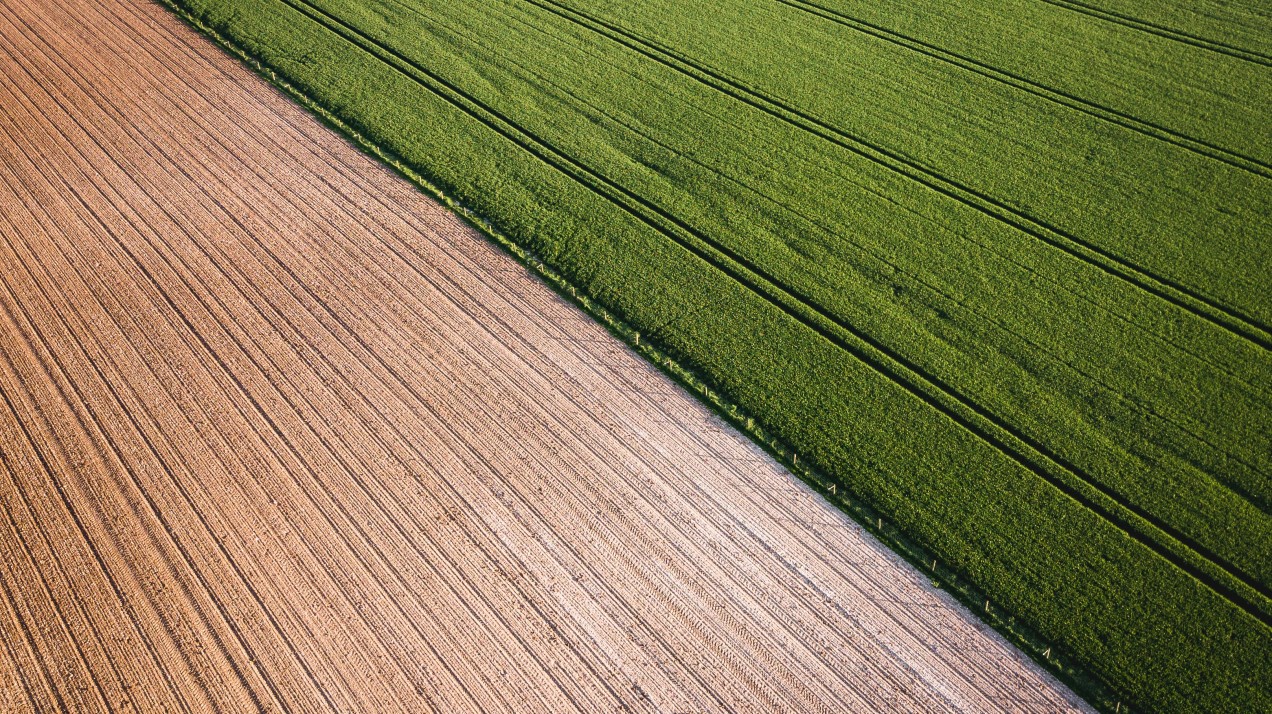

Climate Change / Carbon Sequestration
Sorry—organic farming is actually worse for climate change
The practice cuts greenhouse-gas emissions only if you ignore the inconvenient fact that it requires a lot more land.

Organic practices can reduce climate pollution produced directly from farming – which would be fantastic if they didn’t also require more land to produce the same amount of food.
Clearing additional grasslands or forests to grow enough food to make up for that difference would release far more greenhouse gas than the practices initially reduce, a new study in Nature Communications finds.
Other recent research has also concluded that organic farming produces more climate pollution than conventional practices when the additional land required is taken into account. In the new paper, researchers at the UK’s Cranfield University took a broad look at the question by analyzing what would happen if all of England and Wales shifted entirely to these practices.
The good news is it would cut the direct greenhouse-gas emissions from livestock by 5% and from growing crops by 20% per unit of production. The bad news: it would slash yields by around 40%, forcing hungry Britons to import more food from overseas. If half the land used to meet that spike in demand was converted from grasslands, which store carbon in plant tissues, roots, and soil, it would boost overall greenhouse-gas emissions by 21%.
Among other things, organic farming avoids the use of synthetic fertilizers, pesticides, and genetically modified organisms, all of which can boost the amount of crops produced per acre. Instead, organic farmers rely on things like animal manure and compost, and practices such as crop rotation, which involves growing different plants throughout the year to improve soil health.
The study notes that these biological inputs produce fewer emissions than nitrogen-based synthetic fertilizers, notably including the highly potent greenhouse gas nitrous oxide. Separately, the use of manure and longer crop rotations can increase the amount of carbon stored in soil.
The emissions impact of the meat, milk, and eggs produced from organically raised livestock is more complicated. On the one hand, emissions can increase because animals don’t plump up as fast without hormones, supplements, and conventional feed. That, for instance, grants cattle longer lives in which to belch out methane, another especially powerful greenhouse gas. On the other, allowing animals to spend more of their lives grazing on open grasslands may stimulate additional plant growth that captures more carbon dioxide, while cutting emissions associated with standard feeds.
But the bigger problem, for both crops and livestock, is that these practices end up requiring a lot more land to produce the same amount of food.
After all, the whole point of synthetic fertilizer is it boosts crop yields, by providing a “fixed” form of nitrogen that promotes plant growth. The legumes that organic farmers have to rotate in to help convert nitrogen into more reactive compounds in the soil end up cutting deeply into other food crops they could otherwise grow, the study notes.
Specifically, the switch to 100% organic practices would require 1.5 times more land to make up for the declines, which would add up to nearly five times more land overseas than England and Wales currently rely on for food. That difference is amplified by the fact that the UK’s agricultural system produces particularly high yields compared with other parts of the world.
The study found larger effects than some earlier papers. Notably, a 2012 meta-analysis in Nature determined that organic farming yields are between 5% and 34% lower than those from conventional agriculture, depending on the specific crops and practices. In addition, a 2017 Nature Communications study estimated that switching to organic farming would increase land use by only 16% to 33%.
By evaluating the entire farming system of England and Wales, the new study helps to address some of the criticisms of earlier organic emissions assessments, which were often limited to specific farms or crops, says Dan Blaustein-Rejto, associate director of food and agriculture at the Breakthrough Institute, a think tank that promotes technology solutions to environmental challenges.
“Looking at the farm scale doesn’t really tell you what a large-scale transition to organic would look like,” he says. “Only a study like this, that takes a system-wide perspective, really does.”
The world does need to find ways to cut the emissions and environmental pollution from synthetic fertilizers. But the trick is to clean up these practices in ways that don’t require converting more land to agriculture, or forcing large parts of the world to go hungry.
Among other paths, a number of researchers and startups are trying to develop novel agricultural inputs that could cut emissions without reducing yields, crops that take up more of the nitrogen in soil, and various meat and milk alternatives.